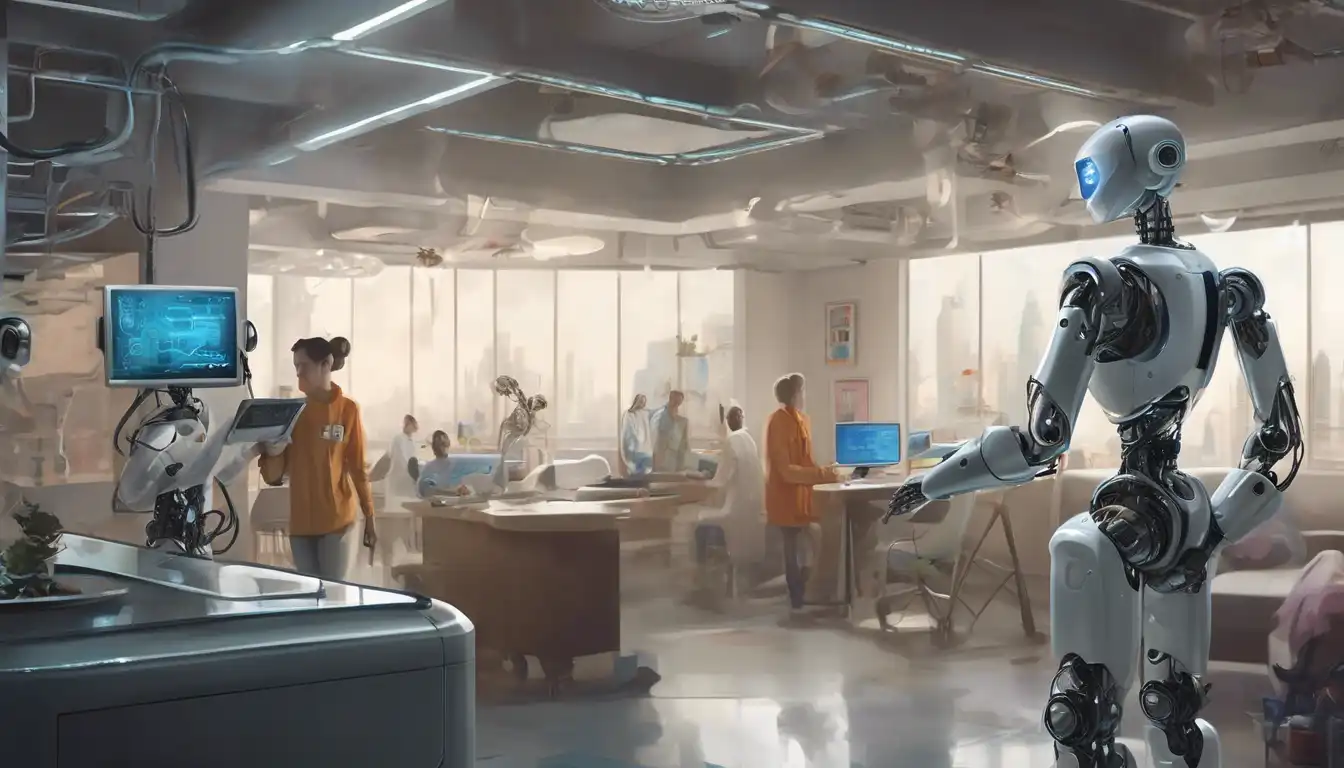The Dawn of Robotics in Everyday Life
The integration of robotics into our daily lives is no longer a matter of if, but when. With advancements in artificial intelligence (AI) and machine learning, robots are becoming more capable and versatile than ever before. This article explores the potential future of robotics and how it will transform our everyday lives.
Home Automation and Robotics
One of the most immediate impacts of robotics will be in the realm of home automation. From robotic vacuum cleaners like the Roomba to more sophisticated home assistants, robots are making our lives easier and more convenient. In the future, we can expect robots to take on more complex tasks such as cooking, cleaning, and even personal care.
Robotics in Healthcare
The healthcare sector stands to benefit immensely from robotics. Surgical robots, for example, are already being used to perform precise and minimally invasive procedures. In the future, we may see robots assisting in elderly care, providing companionship, and even performing routine health checks.
Transportation and Delivery
Autonomous vehicles and drones are set to revolutionize the way we think about transportation and delivery. Companies like Tesla and Amazon are leading the charge in developing self-driving cars and delivery drones, respectively. This could lead to safer roads and more efficient delivery systems.
Workplace Robotics
Robots are also making their way into the workplace, performing tasks that are dangerous or repetitive for humans. From manufacturing to customer service, robots are increasing productivity and allowing humans to focus on more creative and strategic tasks.
Challenges and Considerations
Despite the many benefits, the rise of robotics also presents challenges. Issues such as job displacement, privacy concerns, and the ethical use of AI must be addressed. It's crucial that we navigate these challenges carefully to ensure a future where robotics enhances our lives without compromising our values.
Preparing for a Robotic Future
As we stand on the brink of a robotic revolution, it's important to prepare both socially and economically. Education and training will play key roles in helping the workforce adapt to new technologies. Meanwhile, policymakers must establish regulations that encourage innovation while protecting citizens' rights.
The future of robotics in everyday life is bright, filled with possibilities that were once the stuff of science fiction. By embracing these changes and addressing the challenges head-on, we can look forward to a future where robots and humans coexist in harmony, making our lives easier, safer, and more enjoyable.
